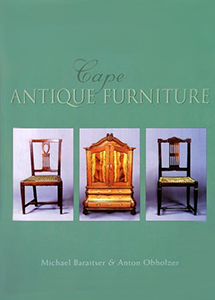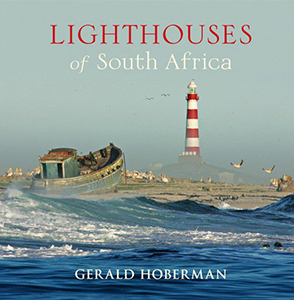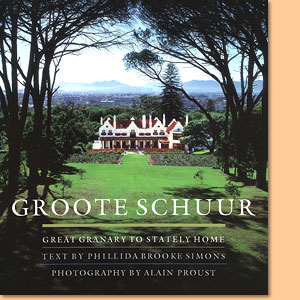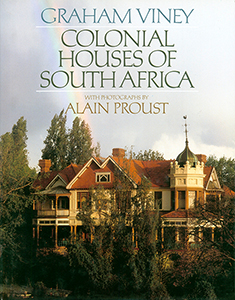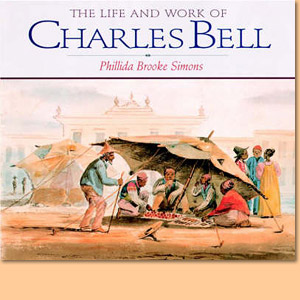Cape Antique Furniture, by Michael Baraitser and Anton Obholzer
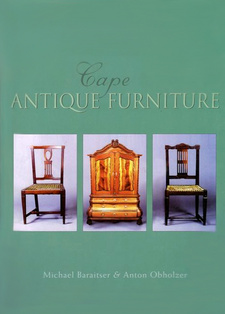
Cape Antique Furniture. Authors: Michael Baraitser; Anton Obholzer. Struik. Cape Town, South Africa 2004. ISBN 9781868729395 / ISBN 978-1-86872-939-5
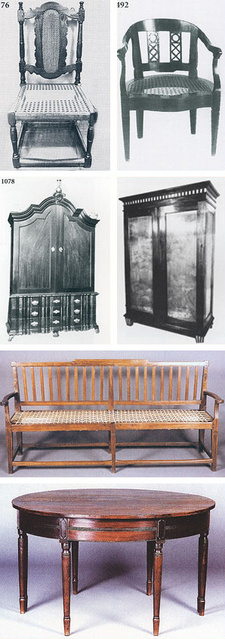
Cape Antique Furniture, by Michael Baraitser and Anton Obholzer.
Cape Antique Furniture, a well-researched and written book will provide the collector, social historian and anyone interested in the rich history of South African furniture with hours of entertainment and enjoyment. Dr Michael Baraitser and Dr Anton Obholzer are acknowledged authorities in the field of Cape antique furniture.
Michael Baraitser Anton Obholzer
More than 20 years have elapsed since the publication of Cape Country Furniture. This book was updated in 1978, and followed in 1985 by The Cape House and its Interior (with Willem Malherbe) and, in 1987, by Town Furniture of the Cape. This new book, Cape Antique Furniture, became necessary when additional pieces of town and country furniture came to light and the earlier furniture books went out of print. In this volume, we have tried to bring together a major selection of the Cape’s antique furniture, and present as comprehensive an overview as possible. However, some of the material covered in previous volumes has not been reproduced here, and in order to identify a piece, consultation of all editions may be necessary. For example, wall cupboards, which were fully covered in The Cape House and its Interior, have been excluded. A considerable amount of information has had to be collated and incorporated into the present book and, in an effort to make the contents more easily accessible, we have concentrated on style, constructional detail, the differences between town and country furniture, and key points that will help the reader gain access to knowledge about the furniture. There is no substitute for visual and physical examination and, indeed, inspection is vital to ensure that the piece is Cape-made, and lacks repair or faking. All pieces should be looked at from the perspective of construction, colour, texture of the wood and proportion. From our initial love of country furniture, via an interest in the Cape house and its interior woodwork, we came to appreciate the more sophisticated town furniture. For some, the sight of a gate-leg table viewed in a Cape Town museum might be breathtaking, but it cannot compare with viewing a gate-leg table, as we did, in its ‘natural’ environment, scrubbed and placed outside the kitchen on a farm where flocks of goats grazed on the surrounding farmyard. The beauty and craftsmanship of Cape furniture has not always been appreciated, indeed many of the best pieces shown in this book were found in farm lofts, and even on woodpiles. Much change has taken place since then. The history of South Africa has been rewritten and it could be argued that there is no longer a place for a book such as this, given that it relates to the social background of a very small section of the South African population. We don’t even know about the origins of the craftsmen who made the furniture although, looking at the skills and occupations of the freed slaves and free burghers of the Dutch East India Company, it seems highly likely that they both played a major role in the making of furniture in this country. Cape Antique Furniture, which is to be our final book on the subject, should be seen as a record of one aspect of South Africa’s complicated social history, and it is to the craftsmen of these timeless pieces and their descendants that we dedicate this book, in the hope that future generations will come to appreciate the great and unique beauty of this furniture, especially within an architectural context, and to understand its inextricable link with the landscape and history of the Cape. [...]
This is an excerpt from the book: Cape Antique Furniture, by Michael Baraitser and Anton Obholzer.
Title: Cape Antique Furniture
Authors: Michael Baraitser; Anton Obholzer
Publisher: Struik
Cape Town, South Africa 2004
ISBN 9781868729395 / ISBN 978-1-86872-939-5
Hardcover, dustjacket, 21 x 30 cm, 432 pages, countless colour and b/w photos
Baraitser, Michael und Obholzer, Anton im Namibiana-Buchangebot
Cape Antique Furniture
Periods, dating techniques, woods and architectural, historical, style and construction analyses of existing pieces of Cape Antique Furniture.
Weitere Buchempfehlungen
Lighthouses of South Africa
Lighthouses of South Africa is an epic story of shipping over the centuries and of mariners who embarked on competitive quests for wealth and exploration, braving the Cape of Good Hope.
Groote Schuur. Great Granary to Statley Home
In Groote Schuur: Great Granary to Stately Home, Alain Proust's sensitive camerawork guides us around the impressive rooms, alighting here and there on fascinating detail.
Colonial Houses of South Africa
Colonial Houses of South Africa shows 23 houses out of South Africa's past, varying in character, are explored here in depth.
The life and work of Charles Bell
A spledid introduciton to the life and work of artist, land surveyor and designer Charles Bell in 19th-century Cape Town.

